Tricolor Kiwi Information: How To Grow A Tricolor Kiwi Plant
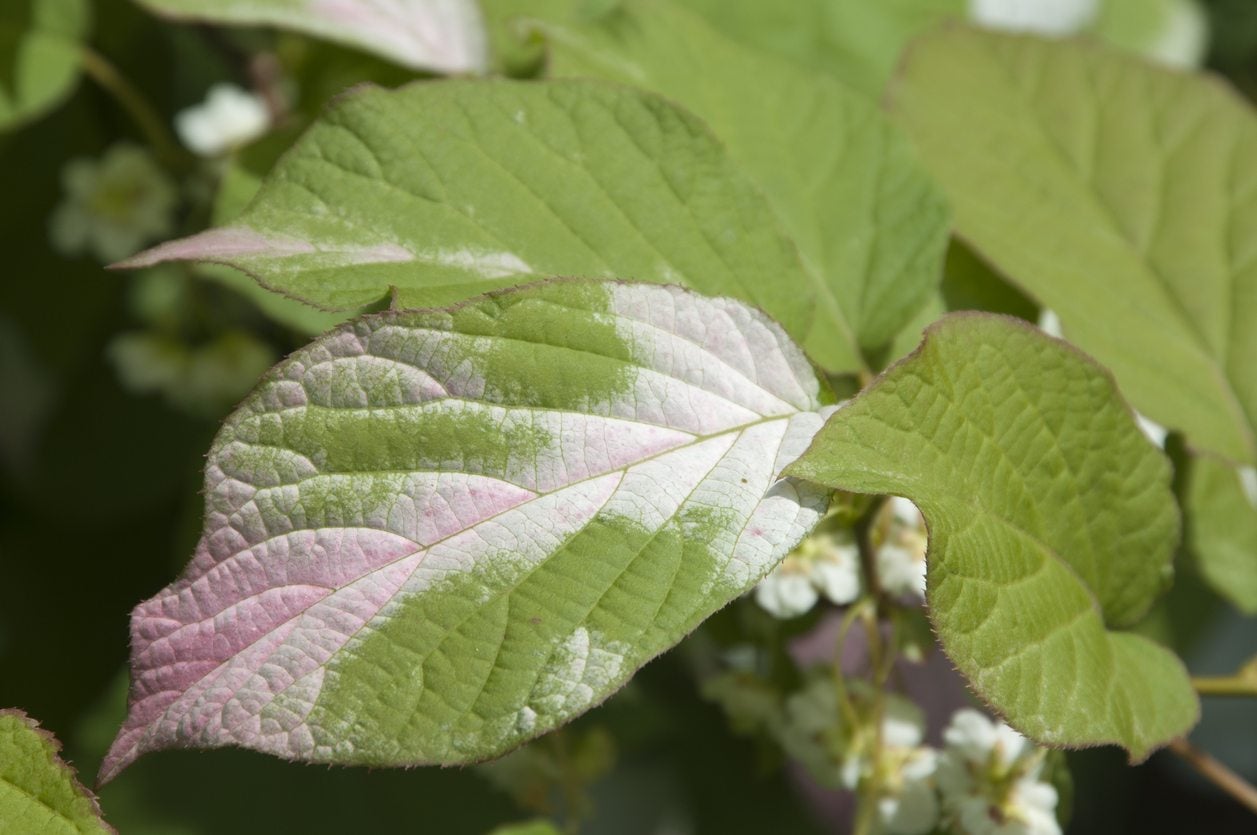

Actinidia kolomikta is a hardy kiwi vine that is commonly known as the tricolor kiwi plant because of its variegated foliage. Also known as the arctic kiwi, it is one of the hardiest of the kiwi vines, able to withstand winter temperatures as low as -40 degrees F. (-4 C.), although it may not fruit or flower in the season following an extremely cold winter. For tips on growing tricolor kiwi, continue reading.
Tricolor Kiwi Information
Tricolor kiwi is a fast-growing perennial vine that is hardy in zones 4 through 8. It can reach heights of 12 to 20 feet (4-6 m.) with a spread of about 3 feet (91 cm.). In the garden, it needs a strong structure to climb up, such as a trellis, fence, arbor, or pergola. Some gardeners train tricolor kiwis into a tree form by selecting one main vine as the trunk, pruning any low vines that sprout from this trunk, and allowing the plant to bush out only at the desired height. Tricolor kiwi plants require both male and female plants to be present in order to produce their small, grape sized kiwi fruit. Though these fruits are much smaller than the kiwi fruits we purchase in grocery stores, their taste is usually described as similar to common kiwi fruit but slightly sweeter.
How to Grow a Tricolor Kiwi Plant
Actinidia kolomikta, as previously stated, is known for the attractive white and pink variegation on its green foliage. Young plants may take a while to develop this foliage variegation, so do not panic if your new tricolor kiwi is all green, as the variegated color will develop in time. Also, male tricolor kiwi plants are known to have more colorful foliage than female plants. Researchers believe this is because the brightly variegated foliage attracts more pollinators than the small male flowers. Tricolor kiwi is native to parts of Asia. It requires a partially shaded location with consistently moist soil. Tricolor kiwi cannot tolerate drought, high winds, or overfertilization, so it is important to plant it in a sheltered location with rich, moist soil. In addition to drawing pollinators, tricolor kiwi plants are also very attractive to cats, so young plants may need some cat protection. Tricolor kiwi stems will profusely ooze sap if broken, chewed on, or pruned during the active growing season. It is because of this; any necessary pruning should be done in winter when the plant is dormant.
Gardening tips, videos, info and more delivered right to your inbox!
Sign up for the Gardening Know How newsletter today and receive a free copy of our e-book "How to Grow Delicious Tomatoes".
-
 Get Ready For A Summer Of Hummers! Grow These Full Sun Hummingbird Plants and Flowers
Get Ready For A Summer Of Hummers! Grow These Full Sun Hummingbird Plants and FlowersIf you’re lucky enough to enjoy a sunny backyard, make sure you are maxing out on your pollinator opportunities and grow these full sun hummingbird plants and flowers
By Tonya Barnett
-
 12 Lush Alternatives To A Lawn For Sustainable Spaces
12 Lush Alternatives To A Lawn For Sustainable SpacesAlternatives to a lawn are beautiful and also beneficial to your local ecosystem and its pollinators. Explore our top picks for plants to replace grass.
By Tonya Barnett
-
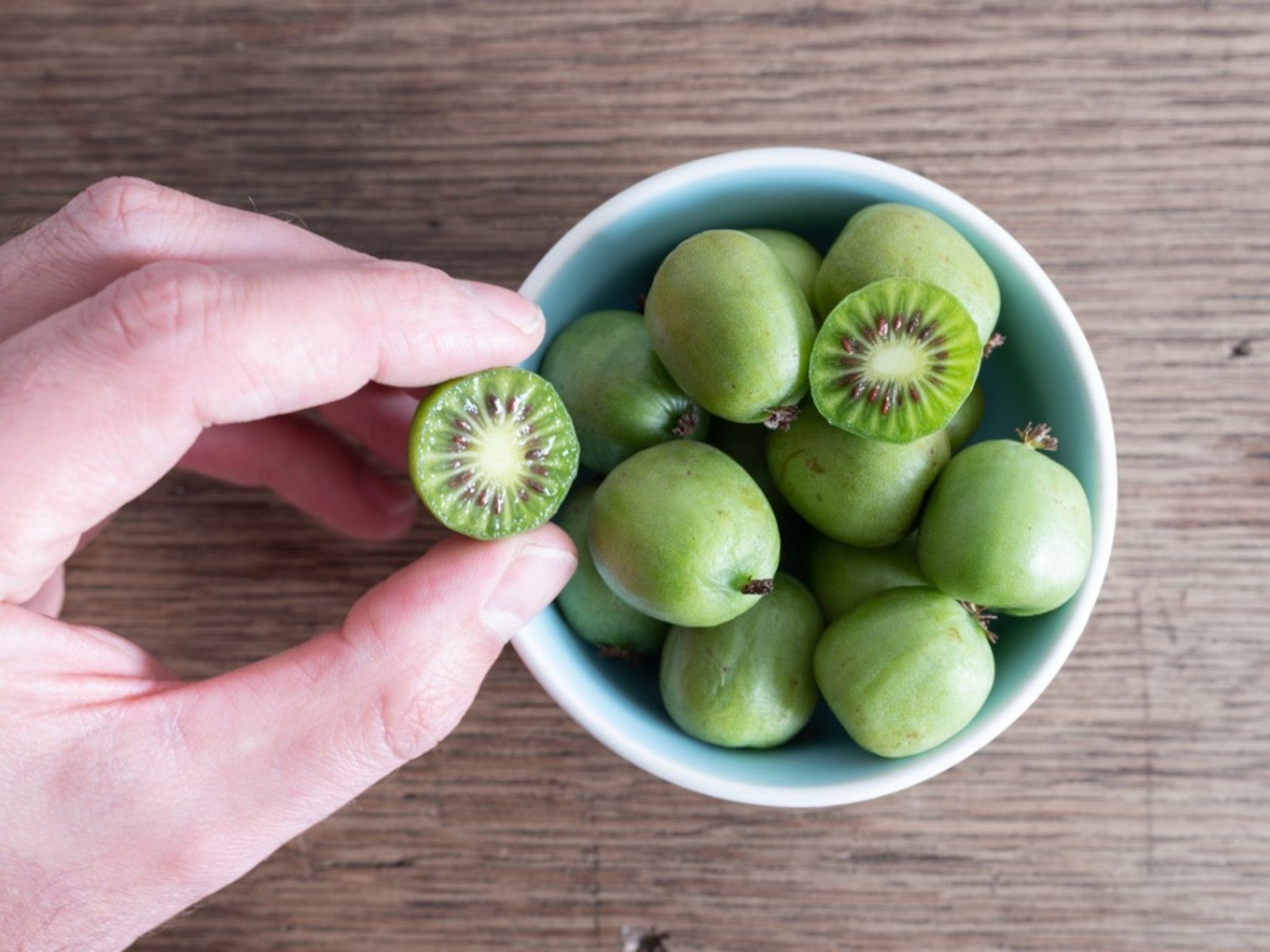 Kiwiberry Care Guide – Learn About Kiwiberry Growing Conditions
Kiwiberry Care Guide – Learn About Kiwiberry Growing ConditionsLove kiwis but wish they didn't have the fuzzy, gritty skin? Enter the kiwiberry. Read on for more info about these weird little fruits.
By Bonnie L. Grant
-
Caring For Kiwi: How To Grow Hardy Red Kiwi Fruit
Hardy Red kiwi produces grape-sized, fuzz-less fruit with an authentic kiwi flavor. For information on growing them, click the following article.
By Laura Miller
-
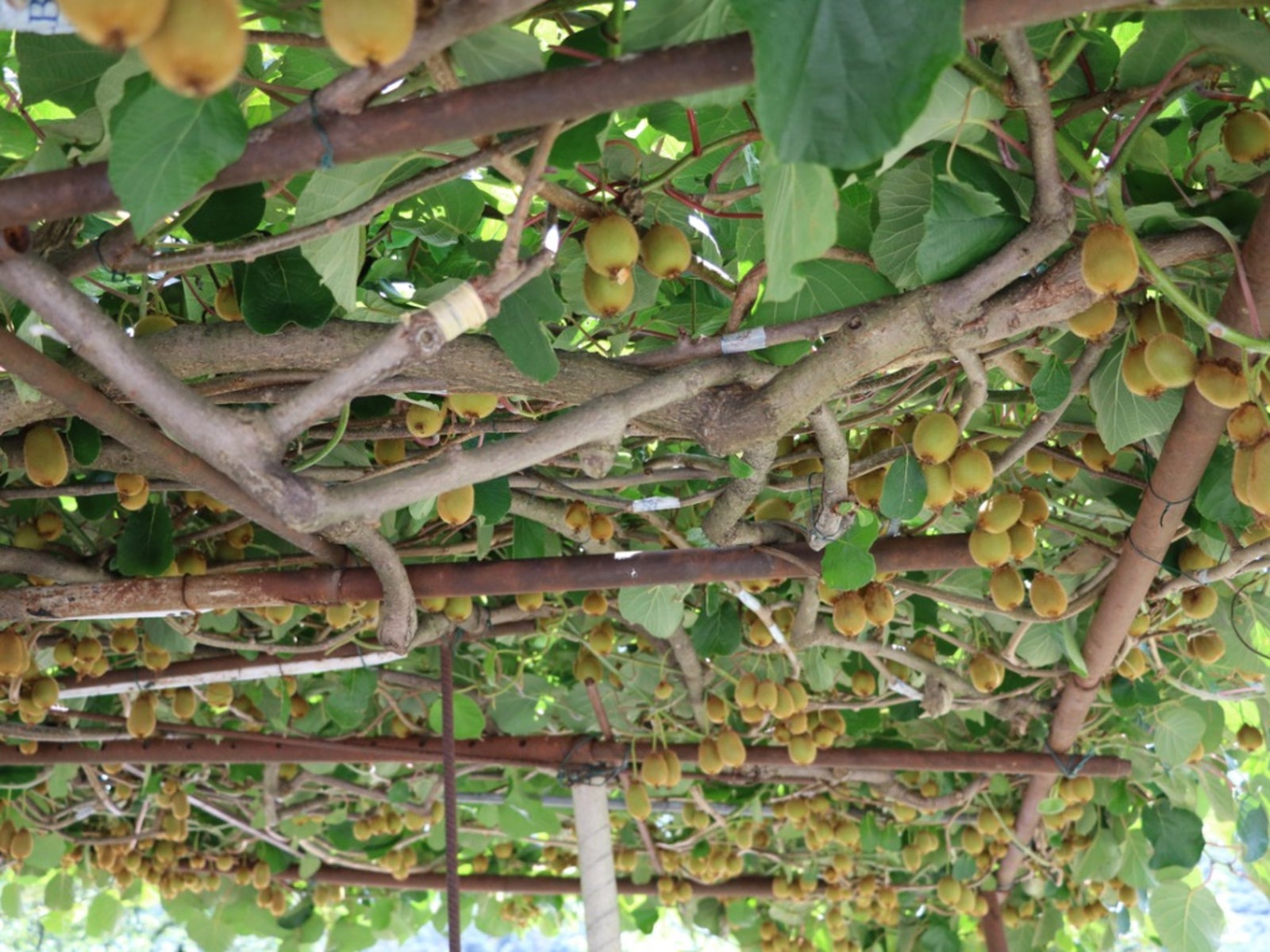 Kiwi Plant Trimming: Pruning Mature Kiwi Vines In The Garden
Kiwi Plant Trimming: Pruning Mature Kiwi Vines In The GardenRegular pruning is an essential part of caring for kiwi vines. Kiwi vines left to their own devices quickly become a tangled mess. But pruning overgrown kiwi vines is also possible if you follow simple trimming steps. This article will help.
By Teo Spengler
-
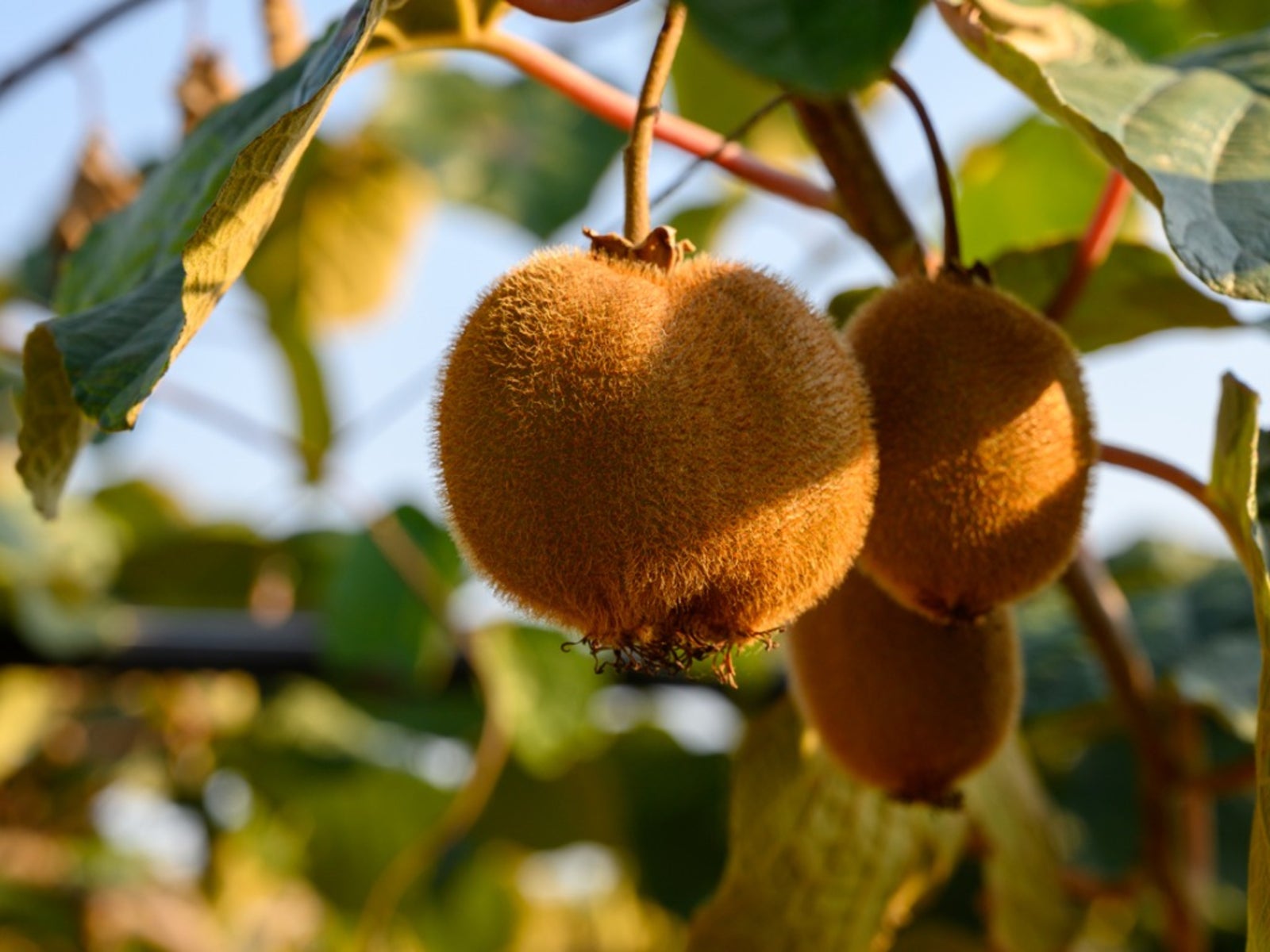 Fruit Companion Planting: Companion Planting Around Kiwi Vines
Fruit Companion Planting: Companion Planting Around Kiwi VinesCompanions for kiwi can help the plants grow more vigorously and fruit more prolifically. Not every plant is an ideal kiwi companion plants, though. What plants make the most ideal kiwi plant companions? Click this article to learn more.
By Amy Grant
-
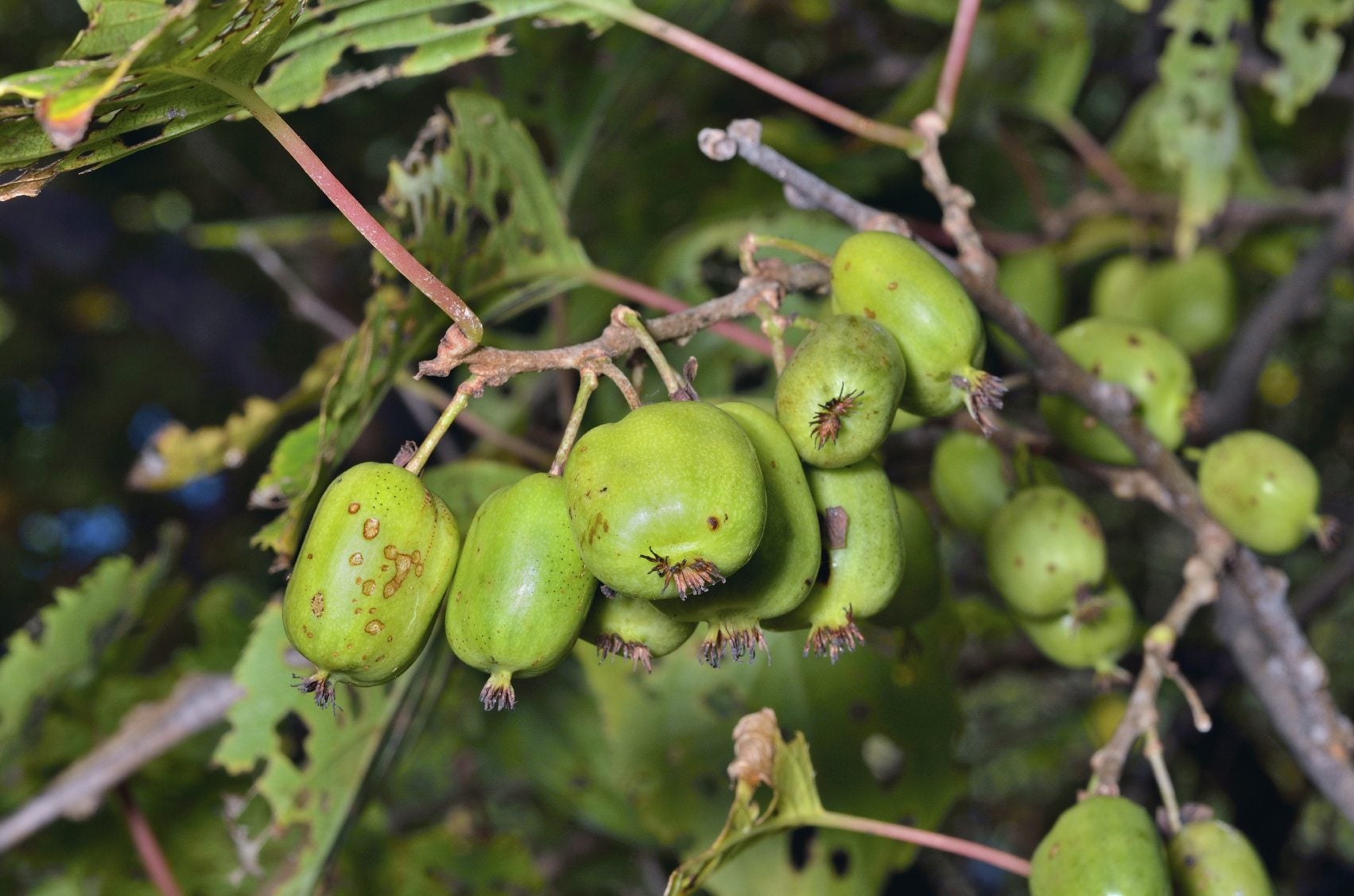 Hardy Kiwi Diseases: How To Treat A Sick Kiwi Plant
Hardy Kiwi Diseases: How To Treat A Sick Kiwi PlantWhile the kiwi plant is tough and relatively easy to grow, it can fall prey to various kiwi plant diseases. You can learn more about the diseases of kiwi and their treatment in this article. Click here for more information.
By Mary H. Dyer
-
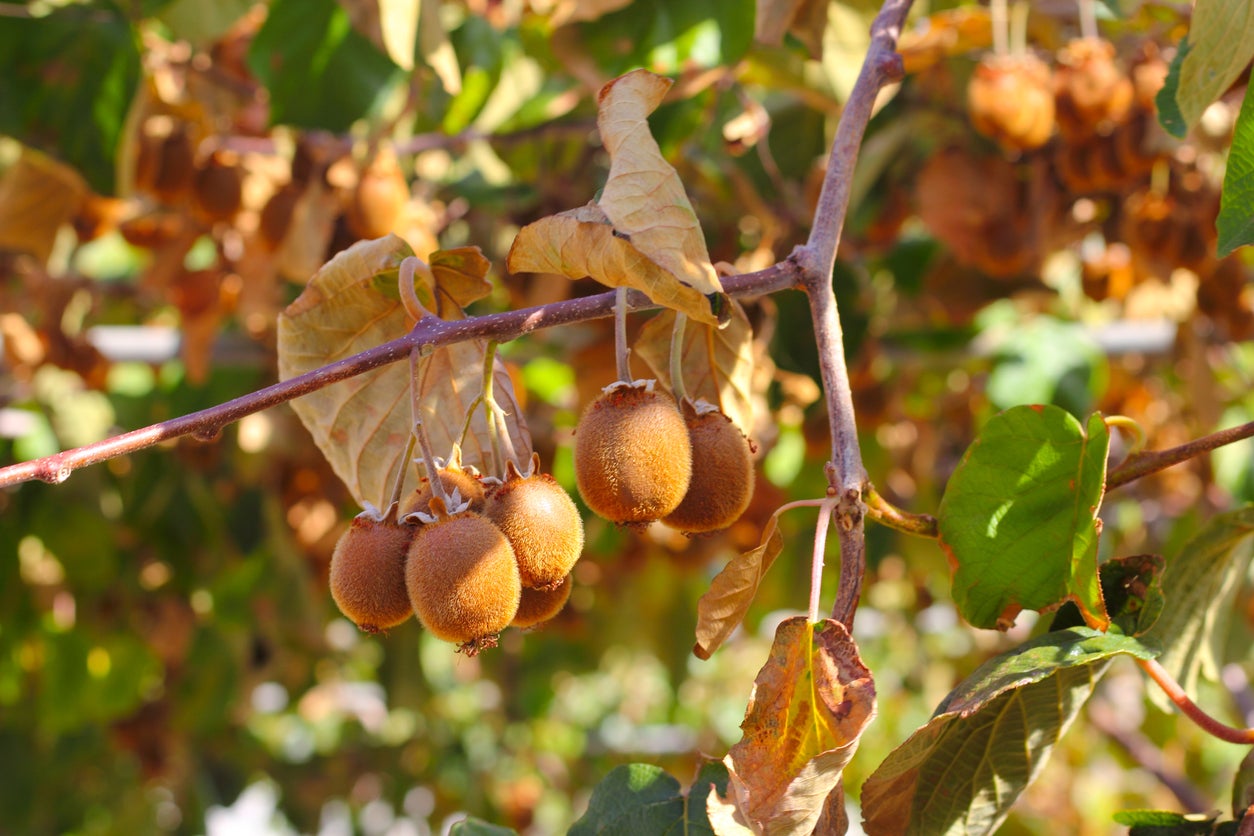 Kiwi Leaves Turn Brown – Reasons For Kiwi Vines Turning Yellow Or Brown
Kiwi Leaves Turn Brown – Reasons For Kiwi Vines Turning Yellow Or BrownHealthy kiwi leaves are a brilliant green during the growing season, and you might well become worried when your kiwi leaves turn brown or you see yellowing kiwi plants. Click this article for information about steps to take when you see kiwi leaves turning yellow.
By Teo Spengler
-
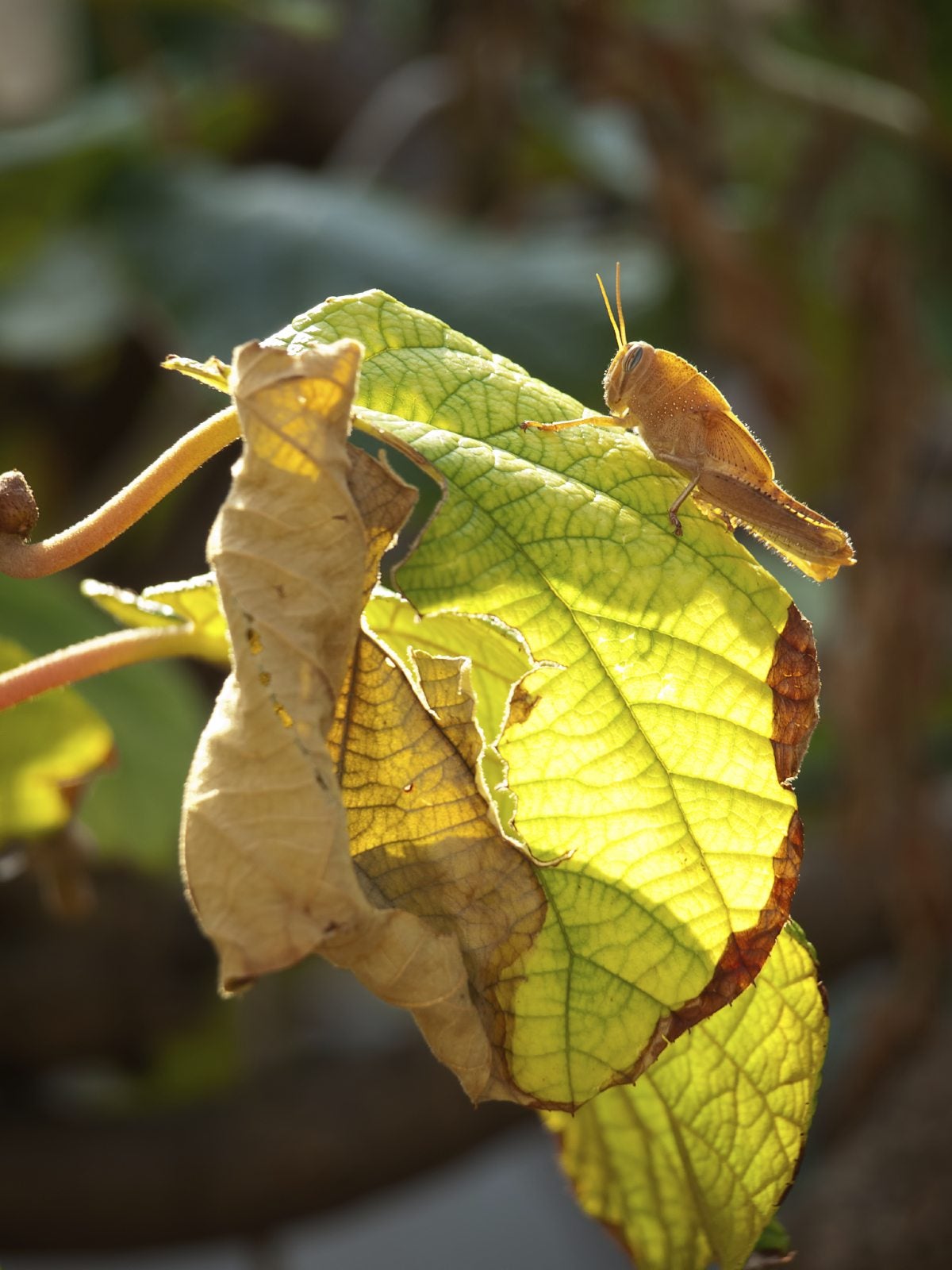 Pests Of Kiwi Vines: Information For Treating Kiwi Bugs
Pests Of Kiwi Vines: Information For Treating Kiwi BugsWhile kiwi plants are tough and relatively easy to grow, they can fall prey to various kiwi plant pests. Learn more about kiwi insects and tips for treating kiwi bugs in this article. Click here for additional information.
By Mary H. Dyer
-
 Kiwi Plant Not Flowering: How To Get A Kiwi Plant To Bloom
Kiwi Plant Not Flowering: How To Get A Kiwi Plant To BloomWhat should be done for a kiwi plant not flowering? If there are no flowers, there will be no fruit on your kiwi vine. To learn more about non-blooming kiwis, this article will help. Click here for more information.
By Karen Boness